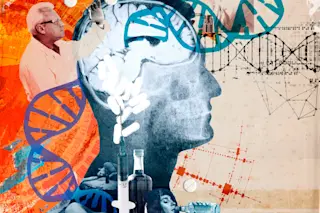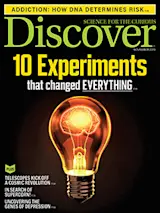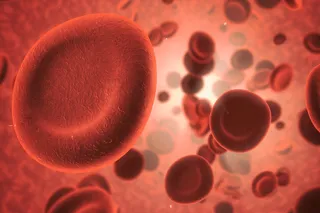Nowadays, you can sequence your genome in a weekend for about a thousand bucks. But would you believe that the first human genome sequenced took 13 years (1990 to 2003) and cost $2.7 billion?
Back in those days, when Harry Potter had just started his on-screen adventures at Hogwarts, getting your genome sequenced was a rare privilege. Among the first people to remove the invisibility cloak from their DNA were James Watson, one of the scientists who helped solve the structure of DNA in 1953, and Craig Venter, who was instrumental in making the Human Genome Project happen. Steve Jobs was also one of the first to have his genome sequenced (which I imagine lab techs referred to as the iGenome). What other luminaries did scientists reach out to for secrets their DNA held? Stephen Hawking? High IQ record-holder Marilyn vos Savant? That guy who won 74 games in a ...















